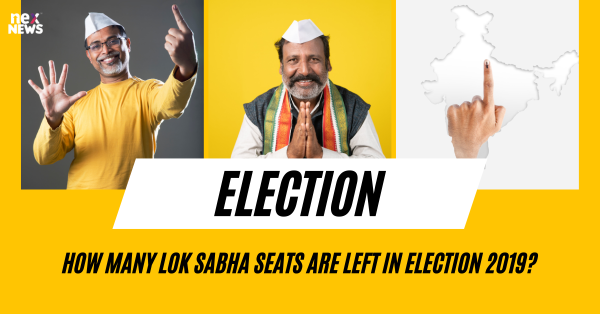Lok Sabha Seats Available in Election 2019
In the upcoming Lok Sabha election of 2019, a total of 543 seats will be contested across the different states and union territories of India. The allocation of these seats is based on several factors, including the population distribution and the size of each state. The Lok Sabha, or the Lower House of the Parliament, plays a crucial role in the governance of the country, making the allocation of these seats a significant aspect of the electoral process.
Each state is allocated a certain number of Lok Sabha seats based on its population size and other demographic factors. States with larger populations, such as Uttar Pradesh and Maharashtra, have a higher number of seats compared to smaller states like Goa and Manipur. The process of determining the allocation of these seats can be a complex one, as it involves balancing the need for adequate representation with the principle of proportional representation in a diverse country like India.
Important Dates for Lok Sabha Election 2019
The schedule for the upcoming Lok Sabha Election 2019 in India has been announced, with the polling to be conducted in seven phases. The voting dates are spread out over several weeks to allow for a smooth and efficient electoral process, ensuring that each citizen gets the opportunity to cast their vote.
The key dates to remember for the Lok Sabha Election 2019 include the first phase of polling on April 11th, followed by subsequent phases on April 18th, April 23rd, April 29th, May 6th, May 12th, and May 19th. The results of the election are expected to be declared on May 23rd, marking the end of the electoral process and the beginning of a new government for the country.
Distribution of Lok Sabha Seats by State
The distribution of Lok Sabha seats among the states in India is a crucial aspect of the democratic system. The number of seats allocated to each state is based on various factors such as population size, geographical area, and historical significance. This distribution ensures fair representation for all regions and communities within the country.
States with larger populations, such as Uttar Pradesh and Maharashtra, have a higher number of Lok Sabha seats compared to smaller states like Sikkim and Mizoram. This allocation aims to maintain a balance between the need for proportional representation and the principle of equality among states in the Indian political landscape. The distribution of Lok Sabha seats by state plays a significant role in shaping the composition of the Parliament and reflecting the diversity of the country's population.
Challenges Faced in Allocating Lok Sabha Seats
One of the main challenges faced in allocating Lok Sabha seats is the changing demographics and population distribution within states. As population numbers shift over time, it becomes necessary to adjust the number of parliamentary constituencies in each state to ensure fair representation. This can be a complex process, involving extensive data analysis and careful consideration of various factors.
Another challenge is the need to balance the principles of population equality and geographical representation. Ensuring that each Lok Sabha constituency has a similar number of voters is crucial for maintaining the democratic principle of one person, one vote. However, at the same time, it is important to take into account the geographical spread and diversity of a state, so that all regions are adequately represented in the Parliament. Finding the right balance between these competing factors can be a delicate task for election authorities.
Factors Influencing Lok Sabha Seat Distribution
Factors influencing the distribution of Lok Sabha seats are varied and complex. Population size, historical significance, and geographic location all play vital roles in determining the allocation of seats to each state. States with larger populations tend to have more Lok Sabha seats, as a reflection of their higher number of constituents.
Moreover, historical and cultural significance often influence the distribution of Lok Sabha seats. States that played pivotal roles in India's independence movement or have unique cultural importance may be granted additional seats to ensure their voices are adequately represented in the decision-making process. Additionally, geographic considerations, such as size and topography, may also impact the allocation of Lok Sabha seats to ensure fair representation across the diverse regions of the country.
